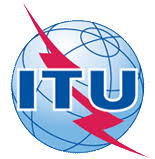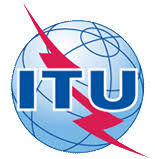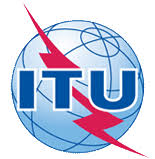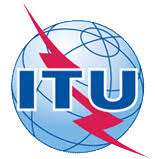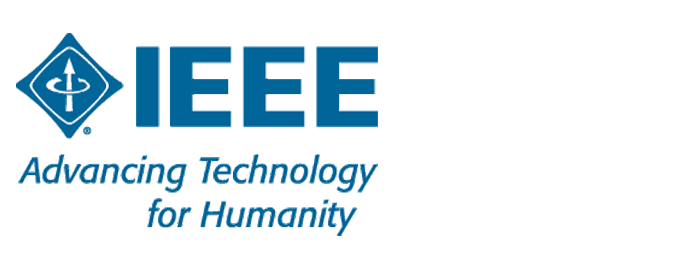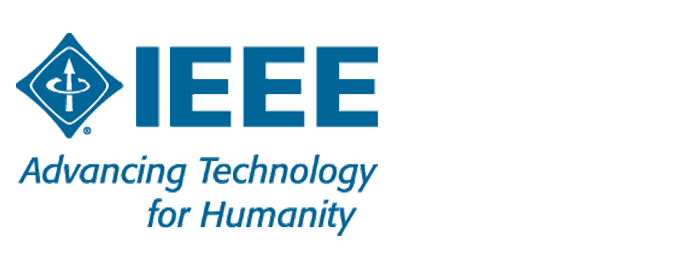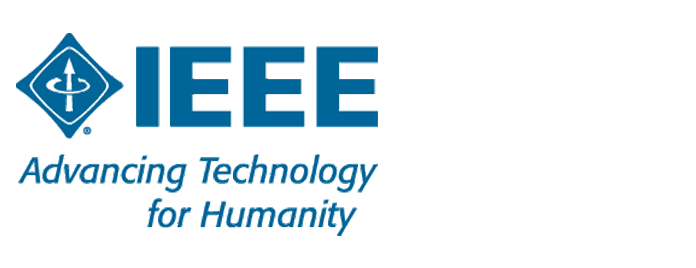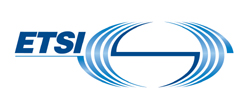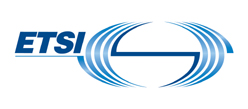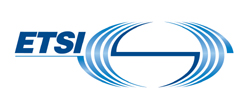Extended producer responsibility - Guidelines for sustainable e-waste management”
This Recommendation offers a description of the extended producer responsibility (EPR) system in dealing with e-waste. It expands on the different existing forms of EPR globally, not only in theoretical terms, but also with a practical view on their feasibility, challenges and pre-requisites. It presents the definition of the EPR system, in addition to the roles and responsibilities of the different stakeholders, the different types of EPR as well as how and why they could be used in certain contexts and not in others. The funding mechanism behind every mode and the organizational structure expected to be in place are also presented. The Recommendation concludes with many best practices from the international arena including developed, developing and emerging economies, as well as the challenges faced in some cases.
